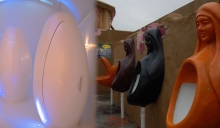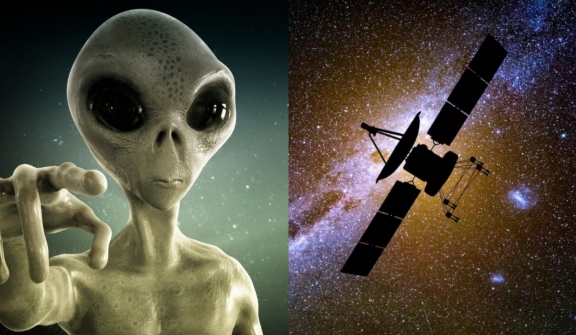
In a remarkable event relating to scientific exploration, a father-daughter duo has successfully decoded an 'alien' signal from Mars, over a year after it was first released to the public.
The signal, known as 'A Sign in Space,' was originally transmitted by the European Space Agency's ExoMars Trace Gas Orbiter back in May 2023.

The project, led by artist Daniela de Paulis, aimed to simulate how the world might react to receiving a message from an extraterrestrial civilization.
Daniela de Paulis believed that if humans received a message from an extraterrestrial civilization, it would be a profound experience for all of humanity.
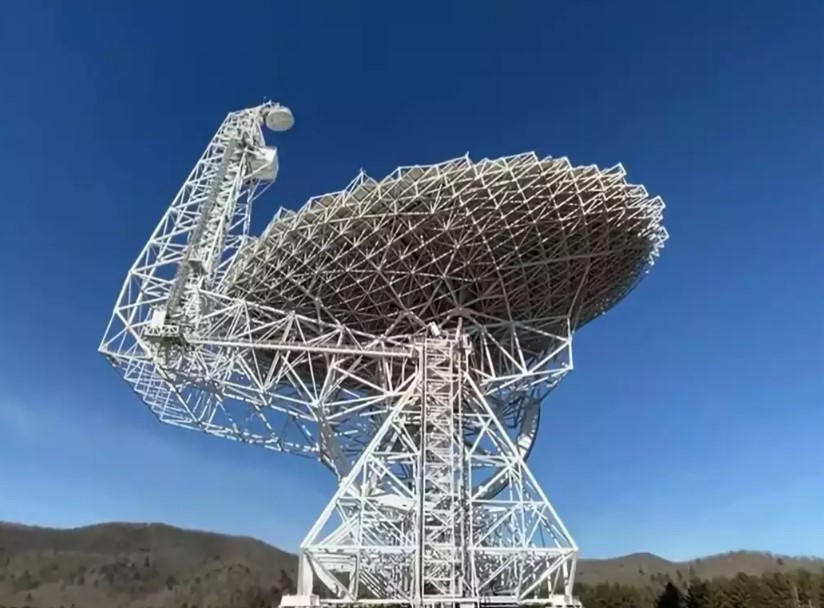
Her project, "A Sign in Space," offered a unique opportunity for people around the world to collaborate and prepare for this scenario by searching for meaning in the message across different cultures and disciplines.
Despite the signal being picked up by several radio astronomy observatories around the world, including the SETI Insitute's Allen Telescope Array, the Robert C. Byrd Green Bank Telescope, and the Medicina Radio Astronomical Station Observatory, the code remained stubbornly uncracked for over a year.
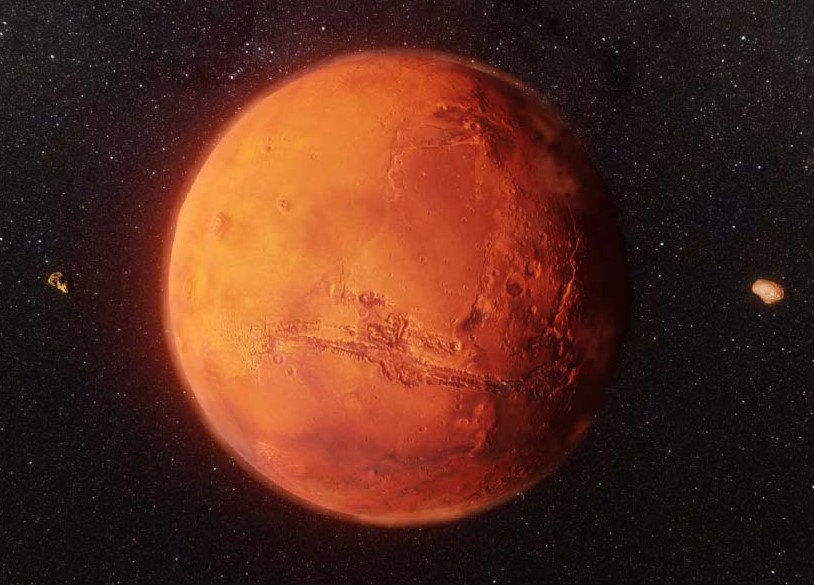
However, until an anonymous father-daughter duo stepped up to the challenge, there was something change.
Examining the message with a fresh perspective, they considered the possibility that it might be connected to the computational model known as the cellular automaton.
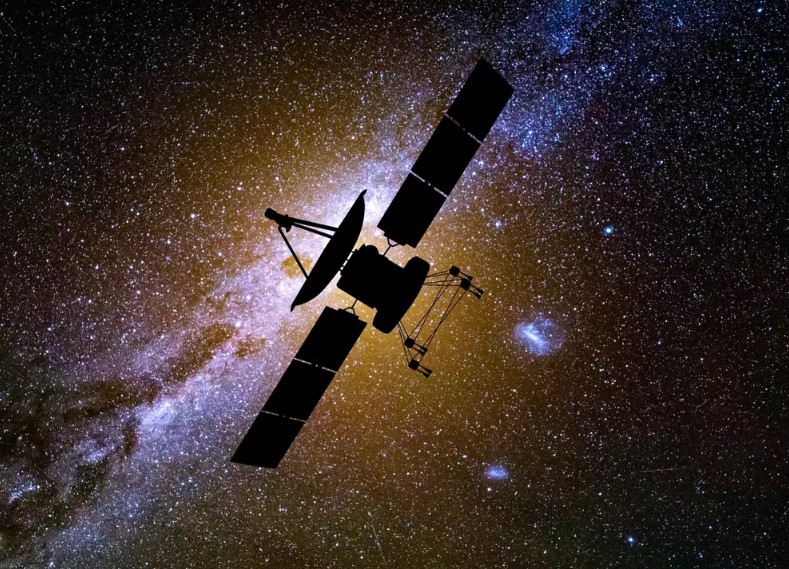
Using the Unity video game engine, the pair put the 'alien message' through 6,625 transformations, carefully decoding the seemingly meaningless ones and zeros.
Their efforts paid off when the message revealed an image of five amino acids, each represented by blocks of pixels in varying numbers.
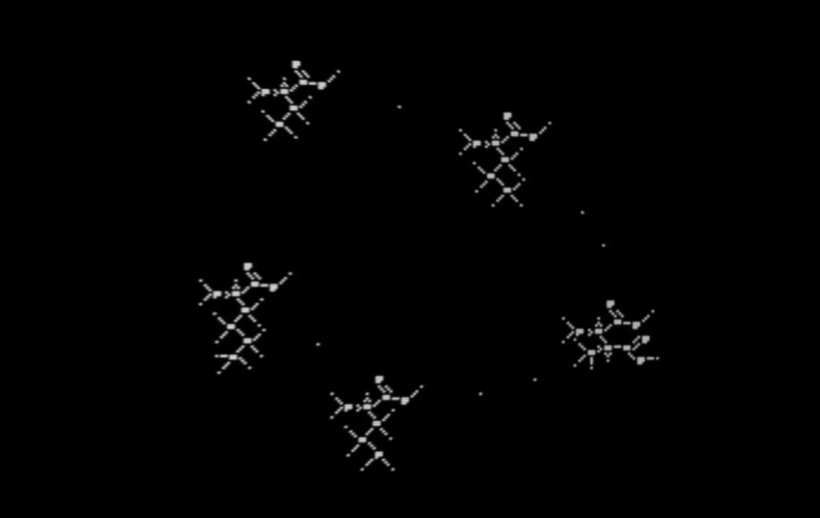
The ATA Project Scientist, Dr. Wael Farah, said that this experiment was a chance for people to see how the SETI community would work together to receive, analyze, and try to understand the meaning of a potential signal from aliens.
According to reports, the SETI Institute, a non-profit organization focused on space exploration, has successfully simulated an extraterrestrial signal from a Mars orbiter.
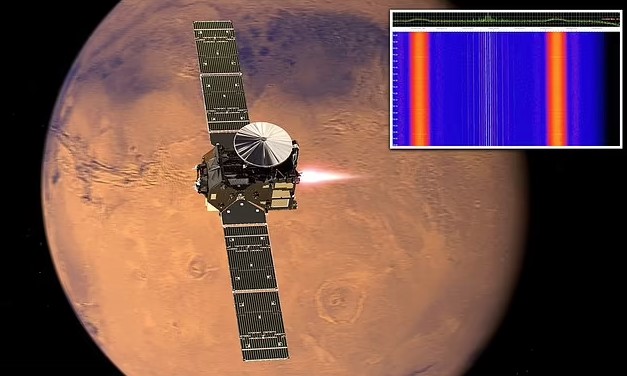
At 3 p.m. ET, the radio waves were recorded in 16 minutes by three large telescopes.
Scientists say this first-of-its-kind experiment was created to prepare for the "profoundly transformative experience for all humankind" that will occur when extraterrestrial entities make contact with Earth.
Experts are keeping important details about the stunt secret, including the type of signal and its content, in order to enable the public to assist in decoding the encoded transmission.
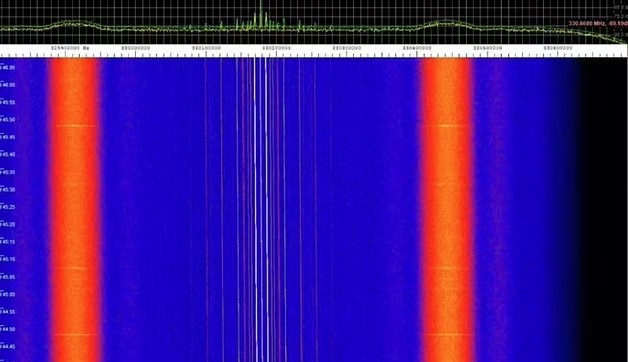
The signal was caught by telescopes in California, West Virginia, and Italy.
The researchers will share the recorded radio waves with the public. They will also work with other organizations to safely store the data.


